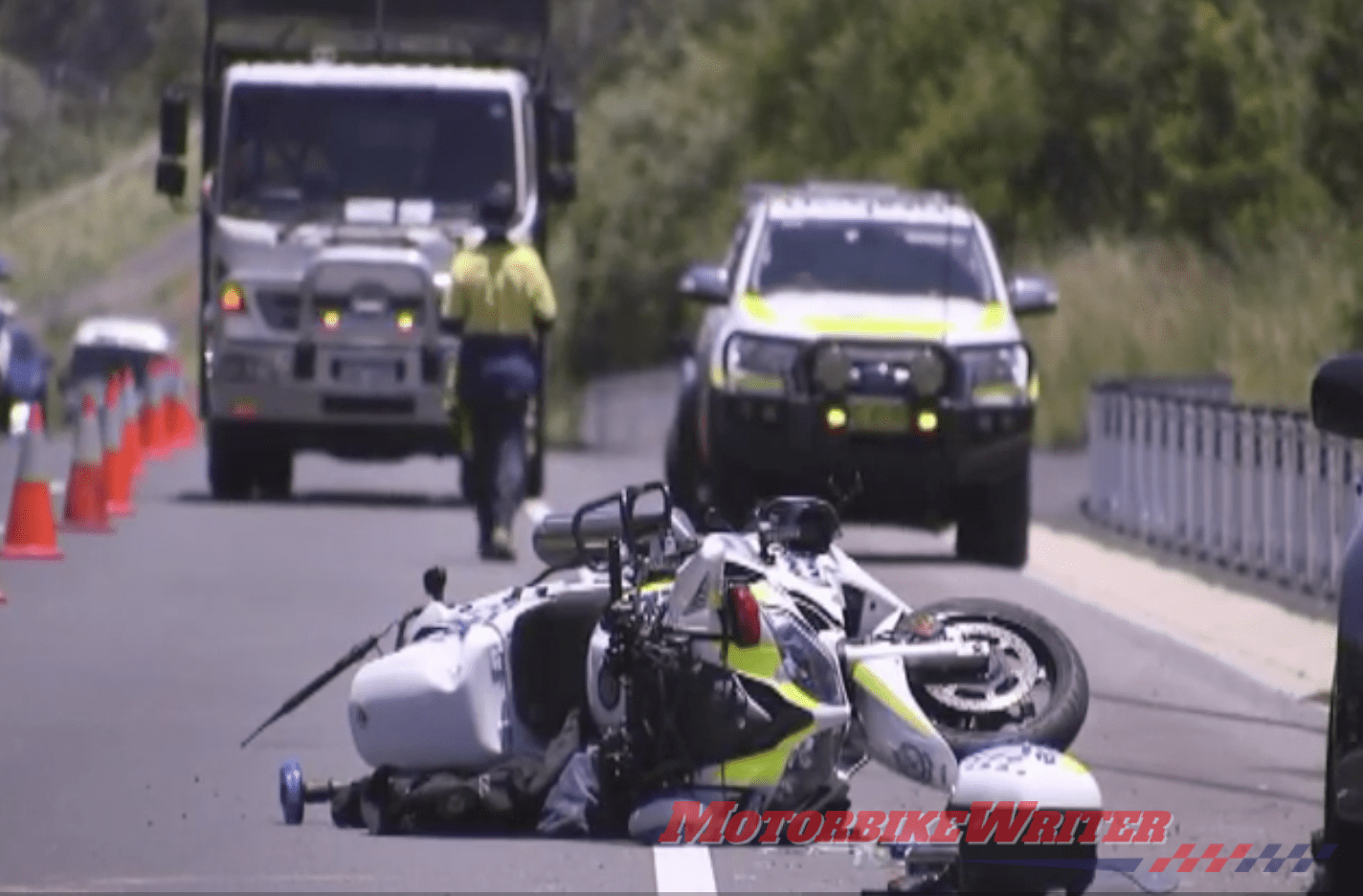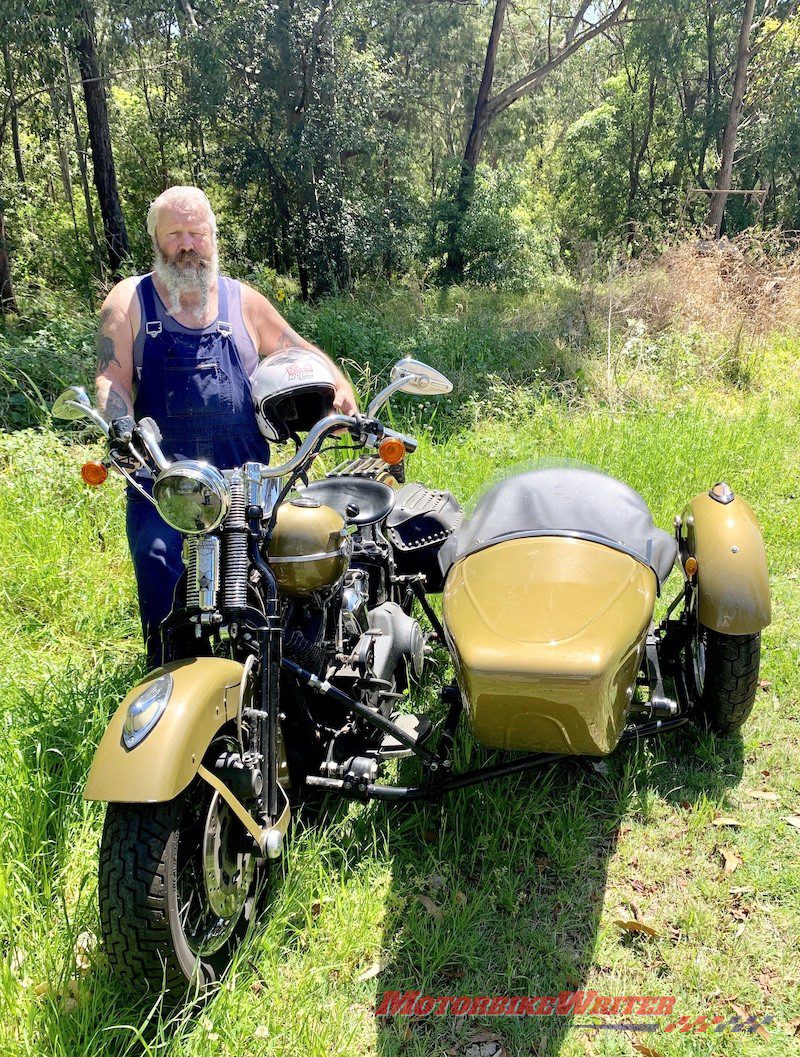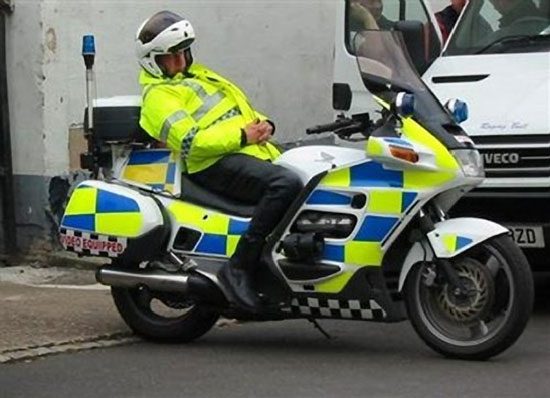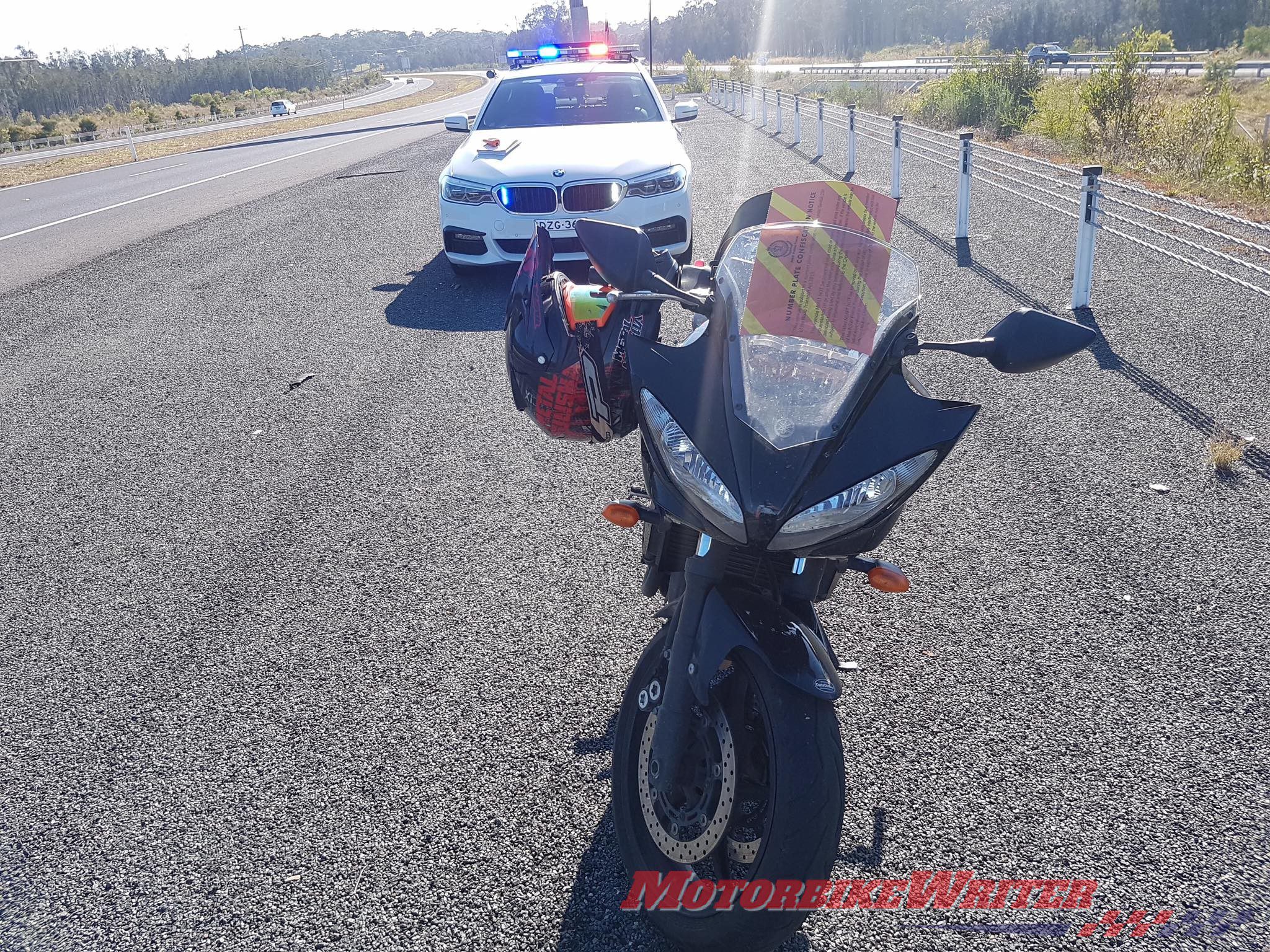Despite criticism from motoring organisations and a motorcycle cop being hit by a driver, NSW has extended its rule to slow traffic to 40km/h past emergency services.
The 12-month trial will be extended to a permanent law on September 26 but with some changes.
It will now include tow trucks and and motorway recovery vehicles, police will stop in visible locations and new warning signs will be deployed by emergency services.
However, it will no longer apply on roads with speed limits of 90km/h or more.
Instead, motorists will have to slow to a “safe and reasonable” speed, give “sufficient space” to emergency workers and “change lanes to keep the lane next to the vehicle free if it is safe to do so” as is required in most US states.
Concerns
Then Motorcycle Council of NSW Chairman Steve Pearce told us when the trial started that it was “just a matter of time until a serious incident occurs as a result of this rule”.
He was right. In December 2018, a NSW motorcycle cop was hit by a car when he pulled over another car on a 100km/h highway.

The 70-year-old female driver was one of 936 fined $446 and three demerit points during the trial period.
Steve’s major concern with the rule was that vulnerable motorcyclists, such as the NSW police officer, would be at risk of being rear-ended.
In fact, the person the rule was meant to protect became the victim.
New MCC NSW chair Kevin “Trip” Henry says he experienced three trucks blocking his vision of a police car parked on a left curve of the M1 north of Sydney.

“The car in front applied their brakes forcefully when they became parallel with the police car, which caused the car in front of my motorcycle (in the wet) to have an emergency brake episode,” he says.
He move to the right of the right lane and the vehicle behind braked hard and slid to a stop.
“This was exactly what we at the MCC were concerned with,” he says.
“Thankfully the rule has changed and hopefully everyone will be safer on our roads especially those who have to use them for their livelihoods.”
Confusing rule
The extended rule could be confusing for motorists travelling interstate during holidays.
Emergency vehicles are defined as police cars, fire engines and ambulances displaying red and blue flashing lights and/or sounding their siren.
In Victoria it includes all “escort vehicles”. In SA, SES vehicles are included and in WA it extends to all emergency vehicles, including tow trucks, RAC roadside assistance patrol vehicles, and Main Roads Incident Response Vehicles removing road debris and broken-down vehicles.
The rule does not apply if the emergency vehicle is on the other side of the road where there is a median strip.
Fines also vary



In South Australia, you can cop a maximum fine up to $1007 and some motorists have been disqualified for six months. In WA it is $300 and three points.
Victoria’s fine is $272.05, but there is a maximum court penalty of $777.30 if you unsuccessfully challenge the fine. The RACV says it could be difficult for motorists to see flashing emergency vehicles’ lights over a hill and have enough time to slow down to 40km/h.
The Queensland Government has rejected Police Union calls for a similar road rule.
Tips for avoiding tail-ender
If riders see the flashing lights of an emergency vehicle, there are several things they can do to avoid a rear-ender.
- Look at traffic behind you to assess the danger;
- Indicate and change lanes away from the emergency vehicle, if there is a vacant lane to move into;
- If not, switch on the hazard lights;
- Brake as smoothly as possible, perhaps activating the brake light on and off to attract the attention of following traffic; and
- Search for an escape route, possibly between lanes or on the road edge.



